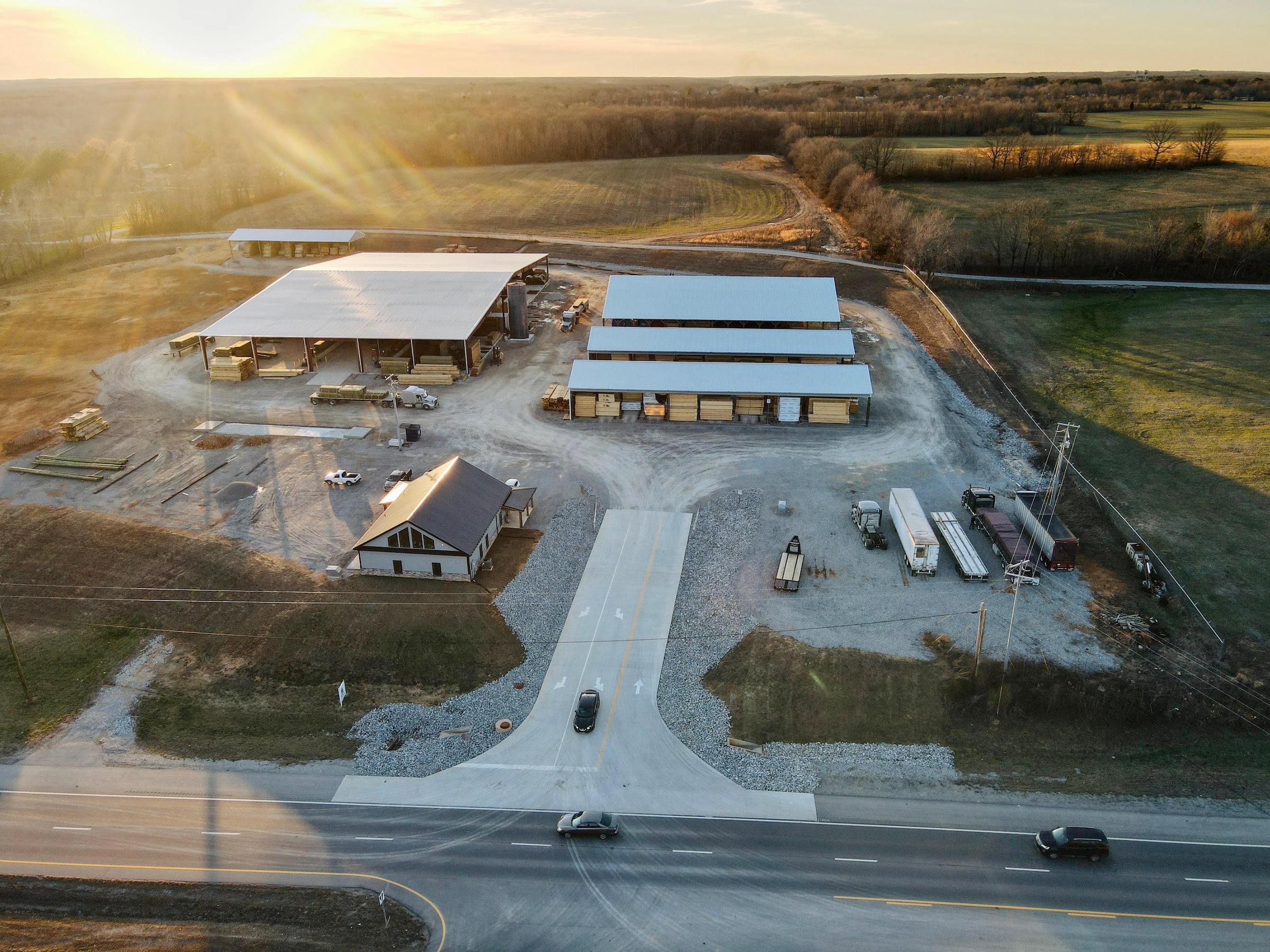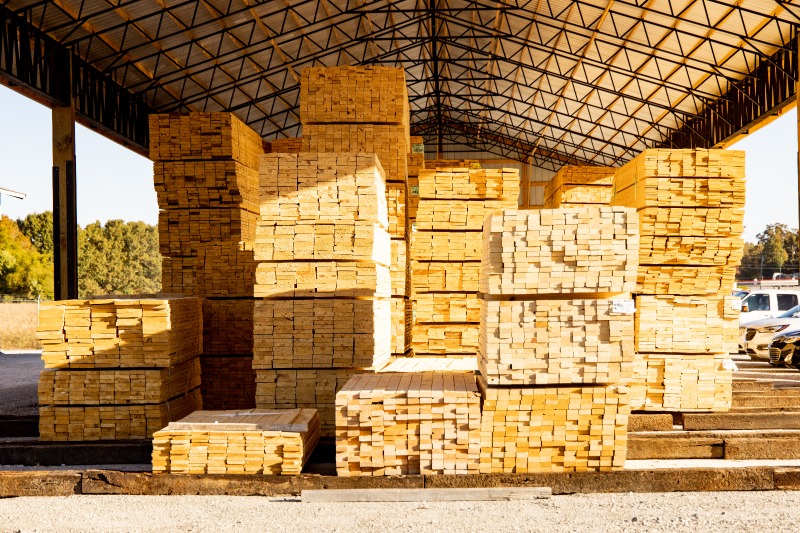Old South Wood Preserving, LLC


Old South Wood Preserving LLC is a small business that’s focused on serving the Post Frame Building industry throughout the southeastern United States. We specialize in pressure treated timbers of all sizes, Fencing Products, and Pine tongue and groove products that we mill right here in Summertown Tn.
“If you’re going to be known for something, Be known for quality”

Pressure-treated (PT) lumber is wood that has been placed in a depressurized holding tank that removes excess air and replaces it with a solution of water and preservative agents that help protect the wood from rot and insects. Some woods, like southern yellow pine are better suited for pressure treatment, while others, like cedar, have natural properties that resist rot and decay, which means they do not need to be treated to be used outdoors.
Pressure-treated wood should be used for all outdoor projects, for types of wood that are not naturally repellant to insects and rot. That said, not all pressure treatments are created equal. The two main types of PT lumber are above-ground and ground-contact.
Above-ground pressure-treated wood should be used in outdoor applications that are at least six inches above ground, including deck railings, fence pickets, porch flooring and joists and beams.
Ground-contact wood has a higher chemical concentration that better protects it from contact with soil, vegetation, rain, moisture or other agents that can cause decay and rot. It should be used whenever wood will come in contact with the ground or is installed less than six inches above the ground, when the wood will get wet frequently without proper time to dry, when air circulation is bad and/or if you are building in a tropical climate. Common uses for ground-contact wood include structural posts, garden boxes, wood foundations and landscape walls.
It depends on the climate, the type of wood, its uses and how well it’s maintained. While pressure-treated poles can stay up to 40 years without any signs of rot or decay, decks and flooring might only last around 10 years. To make pressure-treated wood lasts longer, apply water-repellant sealers annually and use a mildewcide cleaner at the first signs of any mildew growing on the wood.
Yes, pressure-treated wood is safe for use in everything from raised garden beds to children’s playhouses. Before 2003, pressure-treated lumber was often treated with chromated copper arsenate (CCA), a preservative containing some amount of poisonous arsenic. Because small amounts of arsenic can leach out of treated wood, the EPA and the wood industry decided to move away from CCA treated wood to other types of wood preservatives, including Micronized Copperazole.
Yes, you can paint pressure-treated lumber, however, wait until the wood is completely dried before painting; this can take weeks or months. Be sure the wood absorbs all water on the surface before painting. Additionally, use a latex primer and water-based paint.
You can also stain pressure-treated lumber. Like with painting, you’ll need to wait until the wood is completely dry, which can take weeks or months. Once the wood is cleaned and dried, it can be stained.